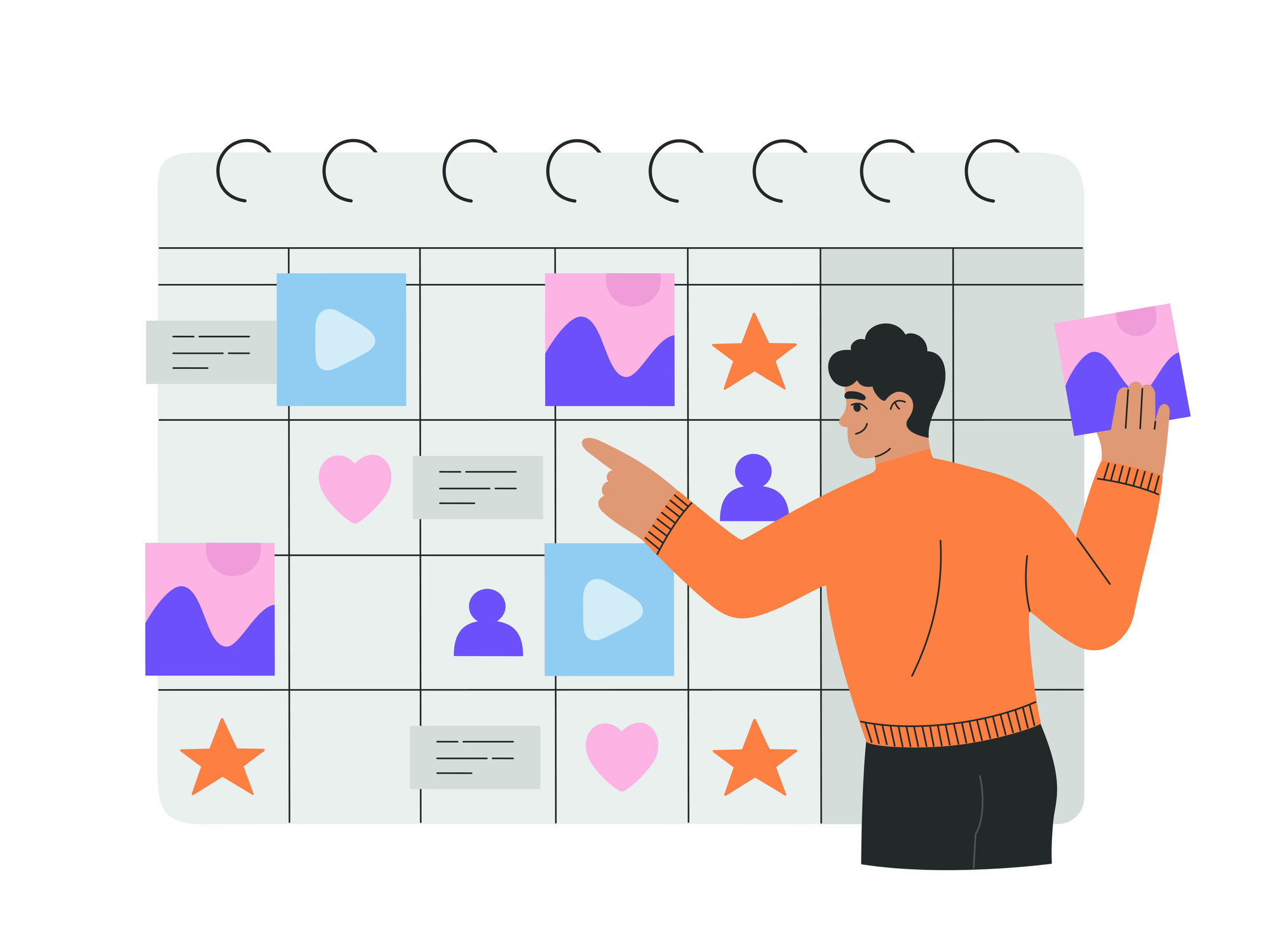Tailoring Press Releases to Target Audiences
Another essential step to figuring out when to send a press release is understanding your target audience.
This involves two questions:
Take this example. Let’s say you’re sending out a press release announcing that you’ve launched a new app to track weather patterns in the Atlantic Ocean.
You may want to target tech enthusiasts. Your release should focus on the intricacies of how your app works. Meanwhile, an audience of climate activists would be more interested in what your weather data will reflect. And if your audience is water sports enthusiasts, you’d tailor your release to indicate that the app can identify the best time to surf.
Analyzing your target audience will tell you about their news consumption patterns and, consequently, the publications you should target.
Detailed research into the demographics and preferences of journalists, bloggers, and influencers in your industry could help in this regard. For example, it wouldn’t make sense for a breaking news website to publish your press release about your weather app. However, a niche interest online magazine would be more likely to give you coverage.
These factors can help you zero in on when to send a press release.
Time Zones and Geographical Considerations
When targeting national or international audiences, you must also consider variations in time zones.
Experts advise against sending out a press release in the afternoon—from 2 to 6 PM—as journalists would be wrapping up their work days. Similarly, sending a press release at midnight or too early in the morning also isn't ideal.
Geographical considerations and time zones also come into play when deciding the best day to send a press release. Breakfast time in Montreal is still almost the middle of the night for Edmonton.
Similarly, cultural and religious holidays should be considered depending on the country. For example, most Muslim countries observe their weekends on Thursdays and Fridays, so your release is less likely to be read on those days.
Avoiding Busy News Periods
Ask any journalist, and they’ll confirm: some days are busier than others. Major holidays, industry events, or competing high-profile news will likely overshadow your press release, depending on its relevance.
While it isn’t possible to predict when breaking news will take center stage, there are some ways to target quieter periods where your release can benefit from increased visibility.
You can use the following tools:
Google Trends: Look up keyword phrases and identify their popularity. Access demographic data, related topics, and the volume of searches to identify low periods for certain subjects.
Social media monitoring tools: Software like Hootsuite or Nexalogy can help you track social media trends, which, in turn, influence the news cycle.
Trendhunter: Explore trends and categorize them based on popularity, freshness, and click-through rates.

